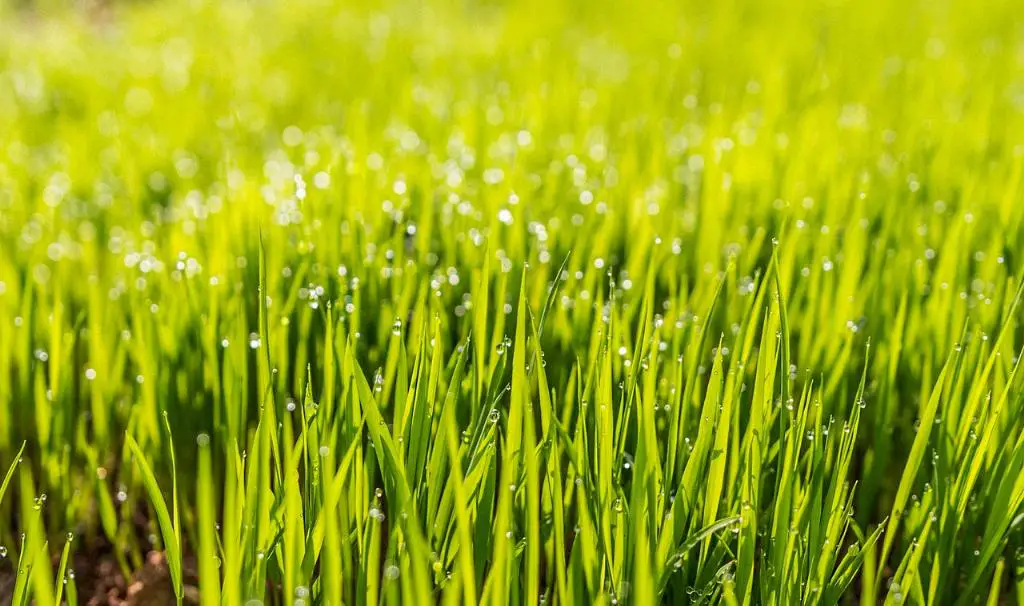When it comes to the ideal conditions for lawn seed germination, one crucial factor to consider is the temperature. The optimal temperature range for lawn seed germination falls between 50 and 65 degrees Fahrenheit. Within this range, daytime temperatures around 60 to 75 degrees Fahrenheit usually indicate that the soil temperature is just right for seed germination to kick into gear.
Understanding the Impact of Soil Temperature on Germination
The temperature of the soil plays a vital role in determining whether lawn seeds will successfully germinate or remain dormant. When the soil temperature is within the 50 to 65 degrees Fahrenheit range, the seeds are more likely to germinate, establishing a strong foundation for healthy grass growth. However, if the soil temperature dips lower than 50 degrees Fahrenheit, the seeds will likely remain dormant and struggle to germinate.
Factors Influencing Germination Success
While temperature is a key factor in the germination process, other elements can also influence the success of seed germination. Factors such as soil moisture, sunlight exposure, and the quality of the seed itself can impact how effectively the seeds sprout and grow into lush, green lawns.
Signs of Suboptimal Temperature for Germination
If the soil temperature is significantly lower than the optimal range of 50 to 65 degrees Fahrenheit, you may notice that the lawn seeds do not germinate as expected. Signs of suboptimal temperature for germination include delayed growth, patchy or uneven germination, and an overall weaker establishment of new grass.
Precautions During Challenging Weather Conditions
During periods of colder weather, it is essential to take precautions to support successful lawn seed germination. Using techniques such as covering seeded areas with protective materials, providing additional warmth through heat lamps or mulching, and monitoring soil temperature levels can help mitigate the challenges posed by suboptimal weather conditions.
Maintaining Ideal Conditions for Germination
To ensure optimal conditions for lawn seed germination, it is essential to monitor both air and soil temperatures closely. By keeping a close eye on temperature fluctuations and adjusting your seeding schedule accordingly, you can maximize the chances of successful germination and establish a healthy, vibrant lawn.
The Role of Timing in Germination Success
Timing plays a critical role in the germination process, as planting lawn seeds during the right season can significantly impact the success of germination. By aligning your seeding schedule with periods of optimal temperature conditions, you can increase the likelihood of a successful and robust lawn establishment.
Importance of Consistent Monitoring
Consistent monitoring of temperature conditions throughout the germination phase is crucial for ensuring that the seeds have the best chance of sprouting and thriving. By regularly checking soil temperature levels and making any necessary adjustments, you can create an environment that is conducive to healthy grass growth.
Strategies for Overcoming Temperature Challenges
In instances where the temperature poses challenges for lawn seed germination, implementing strategic solutions can help overcome these obstacles. Techniques such as providing supplemental heat sources, utilizing protective coverings, and adjusting planting depths can all contribute to creating a more favorable environment for successful seed germination.
Seeking Professional Guidance
If you find yourself facing difficulties with lawn seed germination due to temperature-related issues, seeking advice from lawn care professionals or agricultural experts can offer valuable insights and solutions. Professionals can provide tailored recommendations based on your specific circumstances to help enhance the success of your seeding efforts.
Conclusion
In conclusion, the optimal temperature range for lawn seed germination falls between 50 and 65 degrees Fahrenheit. By understanding the impact of soil temperature on germination, monitoring conditions closely, and implementing appropriate strategies to overcome temperature challenges, you can create an environment that supports successful seed sprouting and healthy grass growth. With proper care and attention to temperature factors, you can enjoy a lush, vibrant lawn that enhances the beauty of your outdoor spaces.

